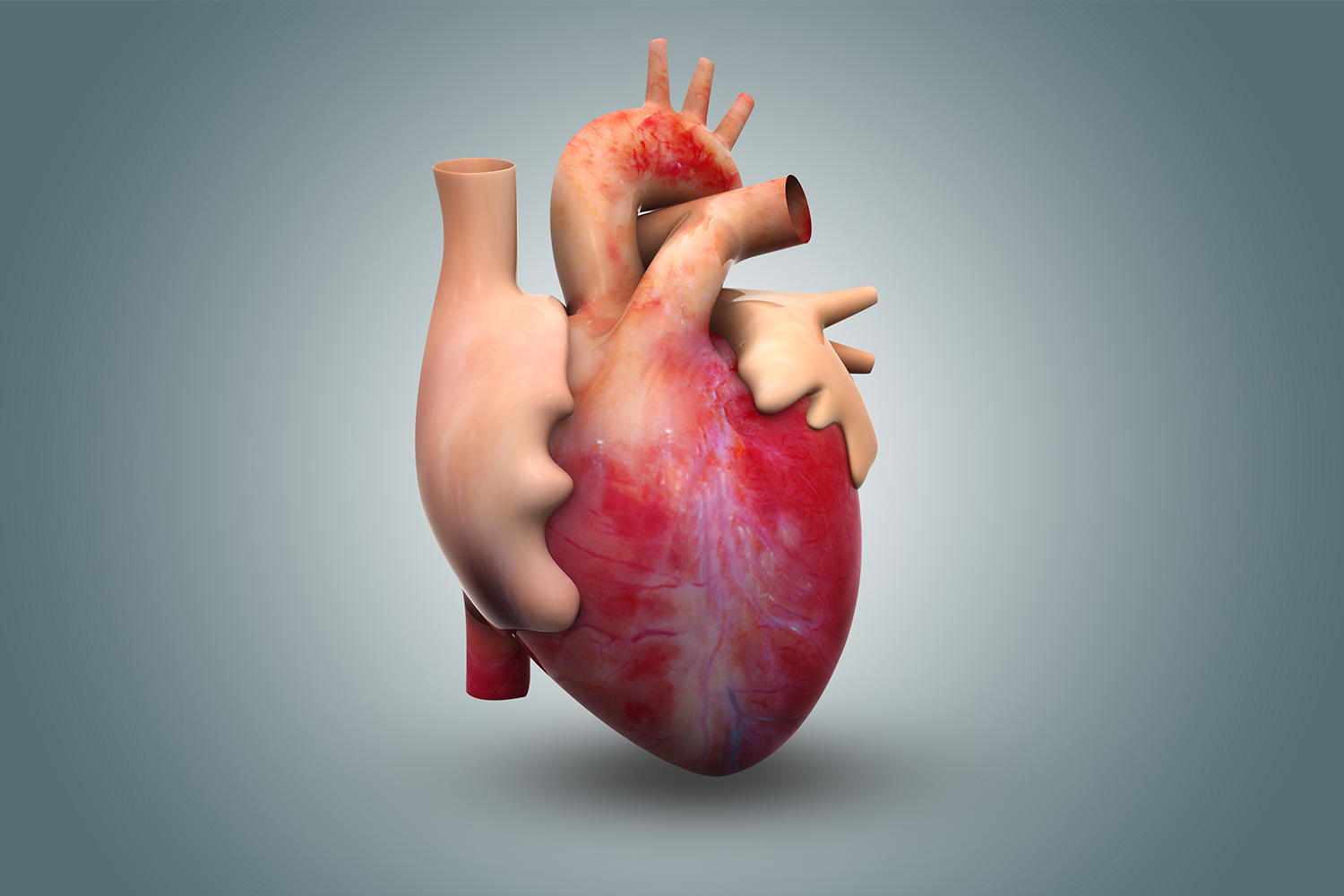Overview
The human heart, revered as the epicenter of vitality and emotion, stands as a testament to the intricate design and unparalleled functionality of the human body. Beyond its symbolic significance, the heart serves as the lifeline, orchestrating the flow of blood and oxygen to every cell, tissue, and organ. Let’s embark on a journey into the heart of this remarkable organ, exploring its anatomy, physiology, and the latest research insights.

Anatomy of the Heart: Unveiling its Marvels
Nestled within the thoracic cavity, the human heart is a muscular organ roughly the size of a fist. Comprising four chambers—two atria and two ventricles—the heart functions as a dual-pump system, facilitating the circulation of blood throughout the body. The atria receive oxygen-depleted blood from the body and oxygen-rich blood from the lungs, while the ventricles pump blood out to the lungs and systemic circulation, respectively.
Each heartbeat is orchestrated by the rhythmic contraction and relaxation of the heart muscle, guided by a specialized electrical conduction system. This intricate network ensures the synchronized pumping action necessary for efficient blood circulation.
Physiology of the Heart: Sustaining Life’s Rhythm
At the heart of cardiac physiology lies the concept of cardiac cycle, encompassing systole (contraction) and diastole (relaxation) phases. During systole, the ventricles contract, ejecting blood into the pulmonary artery and aorta. Meanwhile, the atria refill with blood in preparation for the next cycle. In diastole, the heart relaxes, allowing the chambers to refill with blood before the next contraction.
Research into cardiac physiology has elucidated the role of various factors influencing heart health, including blood pressure regulation, heart rate variability, and cardiac output. Studies published in leading cardiovascular journals such as Circulation and Journal of the American College of Cardiology continue to expand our understanding of heart function and dysfunction, paving the way for novel diagnostic and therapeutic approaches.
Heart Health: Nurturing the Seat of Vitality
Maintaining optimal heart health is paramount for overall well-being and longevity. Research has underscored the importance of lifestyle factors such as regular physical activity, balanced nutrition, and stress management in promoting cardiovascular health. Furthermore, advancements in preventive cardiology have highlighted the value of early risk assessment and intervention to mitigate the burden of cardiovascular disease.
Emerging research also explores novel strategies for treating heart disease, including gene therapy, stem cell therapy, and innovative drug therapies targeting specific molecular pathways. These pioneering approaches hold promise for revolutionizing the management of heart conditions and improving patient outcomes.


